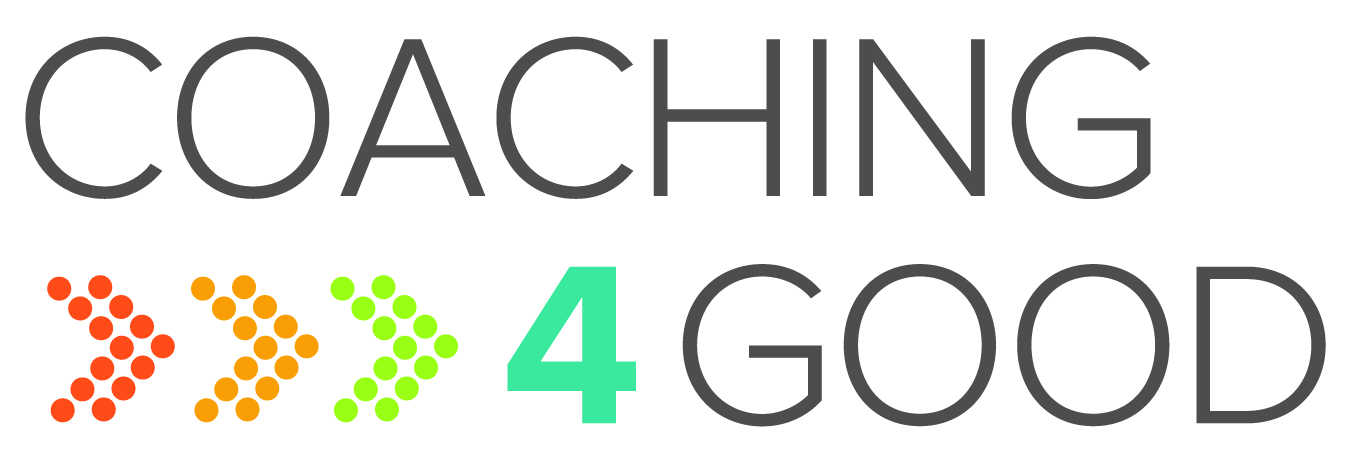
When was the last time you felt truly engaged at work? Do your work hours fly by as you move from task to task and meeting to meeting in an effortless flow state?
Or do you more often alternate between anxious multitasking, glancing at the clock, and obsessively checking email and social media? If the latter scenario sounds more familiar, you might benefit from practicing some basic mindfulness techniques at work.
What is mindfulness?
The term mindfulness derives from the traditional Buddhist concept of present-moment awareness. Jon Kabat-Zinn, developer of the immensely popular program of Mindfulness-Based Stress Reduction (MBSR), defines mindfulness as
Similarly, David Gelles, author of Mindful Work: How Meditation is Changing Business from the Inside Out, explains,
What are the benefits of mindfulness?
A growing body of research now recognizes the psychological and physiological benefits of mindfulness and meditation. And the business world is catching on, realizing the potential benefits of mindfulness for organizational productivity, performance, and innovation. For example, various mindfulness techniques have led to improved:
- task performance
- executive functioning
- decision making
- creativity
- communication
- work engagement
- empathy
- leadership skills
A number of forward-thinking companies have implemented mindfulness programs to enhance wellness, creativity, and a host of other elements of workplace functioning. Innovators like Steve Jobs to progressive companies like Google, with its “Search Inside Yourself” program, and even the U.S. Marine Corps have reaped the benefits of mindfulness practice, including better focus and decision-making skills, creativity, team collaboration, and employee engagement.
What are mindfulness techniques I can use at work?
So the next time you find yourself feeling burned out from staring at a computer screen for too long, try the following simple mindfulness exercise:
Simply take a moment to turn away from the computer, plant your feet firmly on the floor, and bring your awareness to your current physical and emotional state. With a sense of curiosity and non-judgment, feel the physical sensation of breathing, both the in-breath and the out-breath. Allow your thoughts to come and go without following them too closely or trying to push them away. Simply be, just for a few moments.
Try this technique several times a day when you feel the stress coming on, and notice how it affects your state of mind and well-being.
Written by: Melinda Rothouse
Melinda is a professional creativity, mindfulness, and leadership coach, consultant, and educator, as well as a musician, songwriter, and performer. She is a certified coach with the International Coaching Federation (ICF), with over 7 years of professional coaching experience and 20 years of combined experience in creativity and career coaching, academic advising, freelance writing and teaching in higher education. She is currently working on her Ph.D. at Saybrook University in the Psychology / Creativity Studies program with the focus of research on ‘Using Contemplative Arts to Facilitate Team Creativity and Collaboration’.
Connect directly with Melinda here.








Stay In Touch